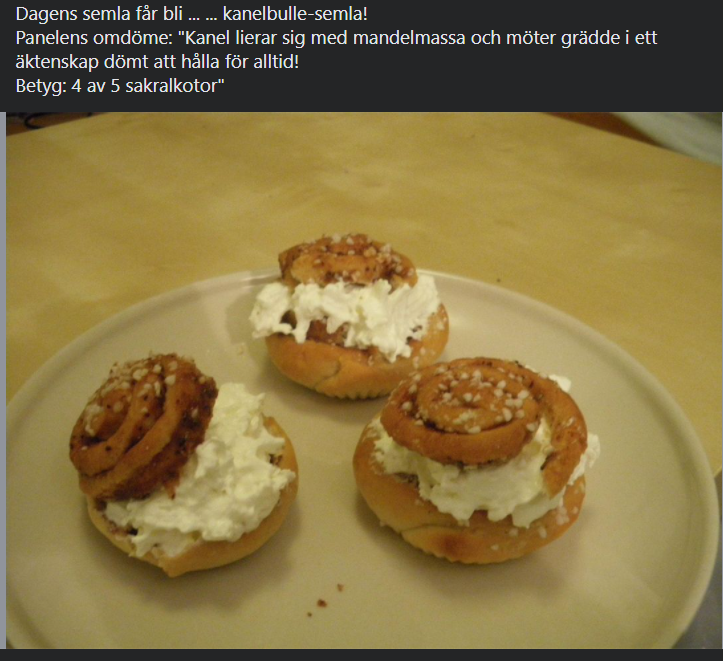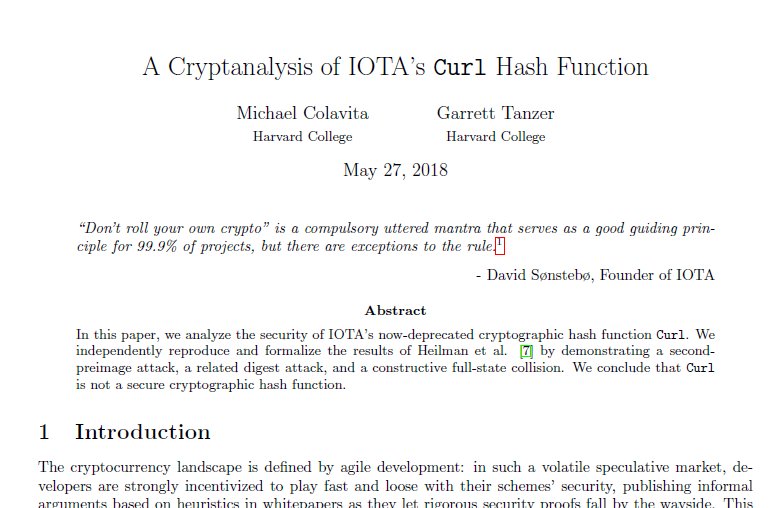
Quick evening thread on the 2022 #NobelPrize in physics 1/n 

Let's assume the universe is somewhat rational and behaves in a way you would expect. Not hard, right?
You would expect that things don't have spooky action at a distance. You would expect things only to influence things close to them. 2/n
You would expect that things don't have spooky action at a distance. You would expect things only to influence things close to them. 2/n
Sure, we do have action at a distance (radio waves, gravity etc). But all those things travel through space in a nice, orderly fashion. And only at the speed of light!
In physics, we call this "locality"
3/n
In physics, we call this "locality"
3/n
You would also expect things to exist even when you're not looking. Does the falling tree make a sound? Sure!
In other words, you expect to live in an objective reality. Measurement results exist even if we don't make them.
Physicists call this "realism"
4/n
In other words, you expect to live in an objective reality. Measurement results exist even if we don't make them.
Physicists call this "realism"
4/n
In the 60's, John Stewart Bell (1928-1990) made a simple mathematical derivation that is the central point of today's nobel prize.
"Assuming locality and realism, the value S cannot be greater than 2"
So what is the value S?
5/n
"Assuming locality and realism, the value S cannot be greater than 2"
So what is the value S?
5/n

Luckily, you don't really need to understand the value S in order to understand the physics. Just think of it as a statistical measurement and that very reasonable assumptions (locality and realism) directly imply that S never is greater than 2.
6/n
6/n
Here is the point of no return. Beware, the following argument is very simple yet so profound.
If you measure the value S in a quantum experiment, the value will be roughly 2.8.
2.8 is clearly greater than 2. Therefore, quantum mechanics cannot be "local" and "realist"
7/n
If you measure the value S in a quantum experiment, the value will be roughly 2.8.
2.8 is clearly greater than 2. Therefore, quantum mechanics cannot be "local" and "realist"
7/n
Hang on, you say. How can we be sure that this is correct? Bell just made a few scribbles on paper and wrote down a theorem. Surely there must be some mistake somewhere, we can't just reject locality and realism on these grounds. The philosophical implications would be huge.
6/n
6/n

The crux is that Bell's work was published in the 60s when we were far away from the technology needed to test Bell's predictions.
And for Bell to be right, Einstein had to be wrong about quantum physics.
As a result, Bell's work almost faded into oblivion.
7/n
And for Bell to be right, Einstein had to be wrong about quantum physics.
As a result, Bell's work almost faded into oblivion.
7/n
Clauser (pictured) made an experiment in 1972 together with Freedman (1944-2012) that tested a much weaker, but then-experimentally-feasible version of Bell's theorem. It pointed in the right direction but was far from even hinting at a confirmation.
10/n (fixed)
10/n (fixed)

It took until the 80s and a determined French physicsist, Alain Aspect, to make any real progress. Thanks to Aspect having tenure, he could focus on this obscure field that nobody really cared about and nobody wanted to fund. The experiments proved very difficult to perform
11/n
11/n

But indeed, the experiment worked! Aspect and his group at Orsay published a series of papers where they measured the value S and showed that it indeed is greater than 2 in a quantum experiment.
Ah, so we are done. Right?
Well...
12/n

Ah, so we are done. Right?
Well...
12/n


Since we are testing locality, our experiment must be performed over a reasonably long distance.
Also, quantum experiments are fragile since the usually involve small things like photons and single atoms.
Therefore you must send delicate particles over long distances.
13/n
Also, quantum experiments are fragile since the usually involve small things like photons and single atoms.
Therefore you must send delicate particles over long distances.
13/n

S is a statistical measurement, and you can't discard individual outcomes without possibly introducing bias. If you lose too many events, the experiment will fail the so-called detection loophole.
It's like the voter fraud controversies all over again!
14/n
It's like the voter fraud controversies all over again!
14/n

My mentor and doctoral supervisor Jan-Åke Larsson proved in 1998 that you can't lose more than roughly 17% before the photons will rebel and demand a recount in your Bell experiment.
15/n
15/n

It took until 2015 when three separate research groups (one of which led by Zeilinger) were able to finally prove that Bell's 1964 idea was correct and that Einsteins objections must be rejected
Therefore, local realism is false.
But let's talk about that experiment!
16/n
Therefore, local realism is false.
But let's talk about that experiment!
16/n

This is the Hofburg palace in Vienna, seat of the former Austrian dynasty of the Habsburgs.
Also, the basement is cool (as in temperature) and far enough removed from traffic that there are very few disturbances. And it has long corridors. Perfect for testing Bell!
17/n
Also, the basement is cool (as in temperature) and far enough removed from traffic that there are very few disturbances. And it has long corridors. Perfect for testing Bell!
17/n

Detection loophole: closed ✅
Efficiency loophole: closed ✅
Coincidence-time loophole: closed ✅
Memory loophole: closed ✅
Freedom-of-choice loophole: closed ✅
Superdeterminism loophole: not closed ❌
What was that?
18/n

Efficiency loophole: closed ✅
Coincidence-time loophole: closed ✅
Memory loophole: closed ✅
Freedom-of-choice loophole: closed ✅
Superdeterminism loophole: not closed ❌
What was that?
18/n


Superdeterminism. This is the loophole we will never be able to close. What if the universe conspires against us in such a way that no free will exists, and every quantum experiment ever performed was predetermed already at the big bang?
It's the ultimate conspiracy theory
19/n
It's the ultimate conspiracy theory
19/n

Zeilinger did think of a way out. Sort of. By performing another experiment where distant quasars provided the necessary randomness for the statistical measurement, we can at least make sure that no conspiracy younger than 7.8 billion years can taint the experiment!
20/n
20/n

In conclusion, a simple thought experiment led to a tricky experiment that rejected locality and realism. The universe does allow spooky action at a distance which leads to quantum teleportation, quantum key distribution, and quantum computing
An exciting time to be alive!
21/n
An exciting time to be alive!
21/n

Thanks for listening. I haven't done physics in a few years so this was a fun trip down memory lane.
22/22
22/22
Before going back to infosec I did my PhD and postdoc on hacking quantum cryptography and applying Bell's work in the real world
If you are interested I will link a few books but first I want to plug my dissertation where I go more in-depth than my tweets urn.kb.se/resolve?urn=ur…
If you are interested I will link a few books but first I want to plug my dissertation where I go more in-depth than my tweets urn.kb.se/resolve?urn=ur…

The Meaning of Quantum Theory: A Guide for Students of Chemistry and Physics by Jim Baggott (1992) is a relatively short book aimed at the technical reader but does not assume graduate-level physics.
My top recommendation for engineers and scientists in other fields!
My top recommendation for engineers and scientists in other fields!

I have met both Aspect and Zeilinger and can't think of better ambassadors for physics. Brilliant, charismatic, humble, and great speakers.
In 2015 Zeilinger in particular inspired to work even harder in my current research project. It resulted in a paper I am proud of!
In 2015 Zeilinger in particular inspired to work even harder in my current research project. It resulted in a paper I am proud of!

When I was at ETHZ in 2010, Andreas was the professor who gave the course that was my first introduction to quantum physics. I am happy for his retweet!
https://twitter.com/AndreasAtETH/status/1577397667247886353
Next book recommendation! The Age of Entanglement: When Quantum Physics Was Reborn by Louisa Gilder (2009).
An actual history of entanglement that tells the whole story about Bell, Clauser, Aspect, Zeilinger and much more. This book is for a general audience.
An actual history of entanglement that tells the whole story about Bell, Clauser, Aspect, Zeilinger and much more. This book is for a general audience.

Another plug: Are you in physics and are you looking for educational tools for teaching quantum information? Check out what my colleagues at Linköping University have done over at phasespacecomputing.com 

• • •
Missing some Tweet in this thread? You can try to
force a refresh










